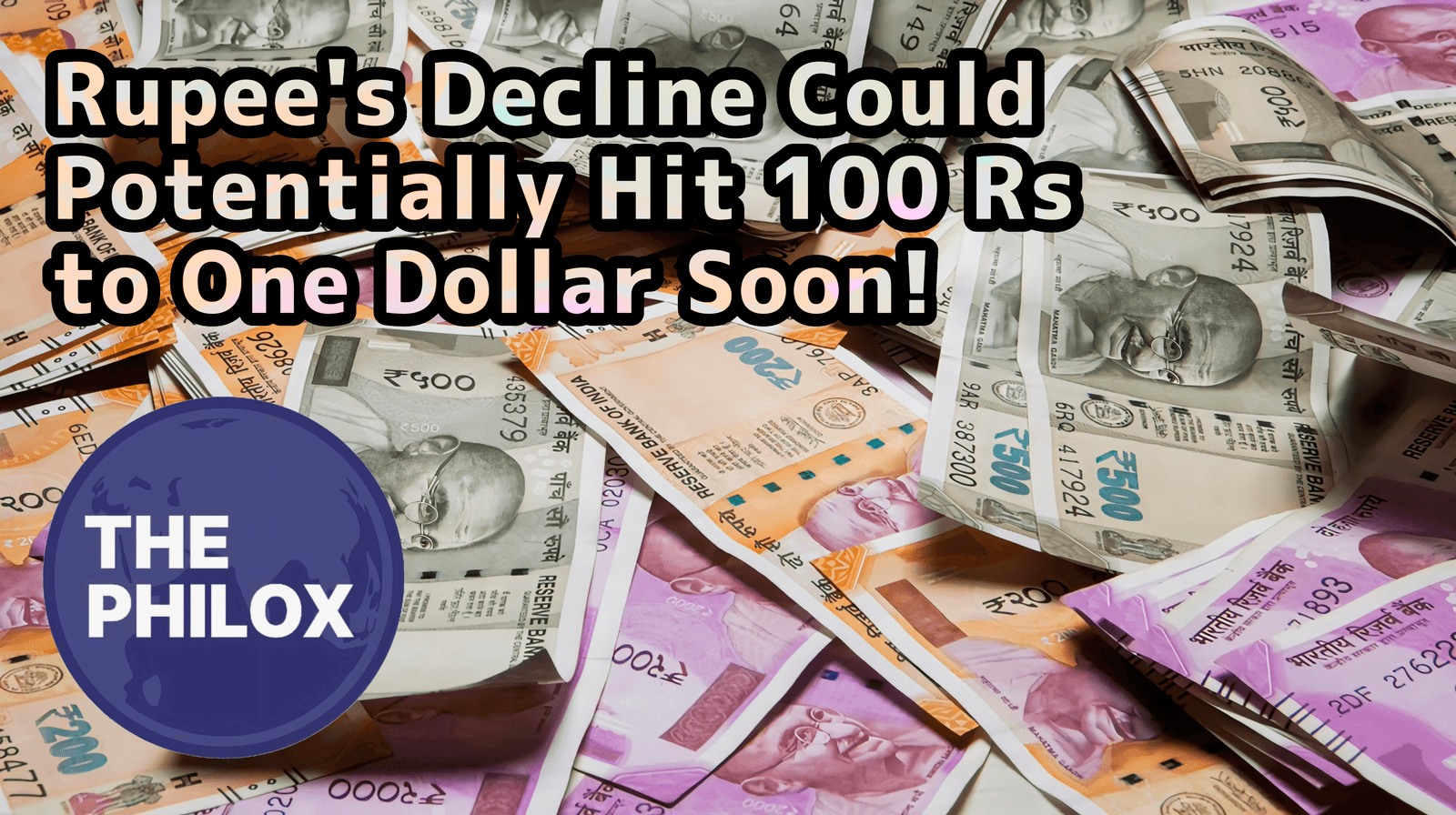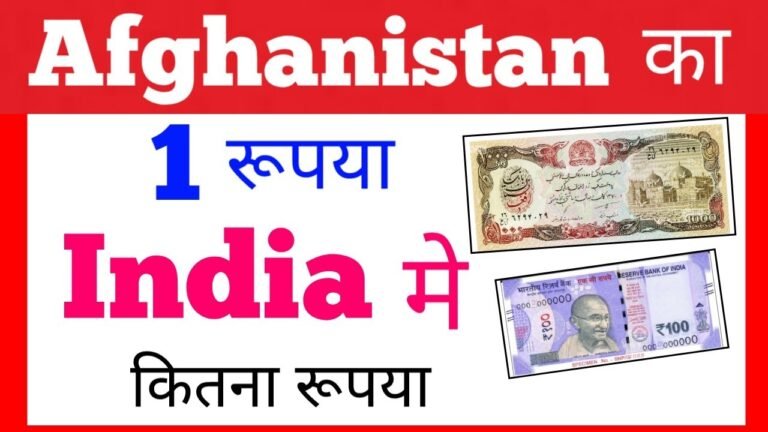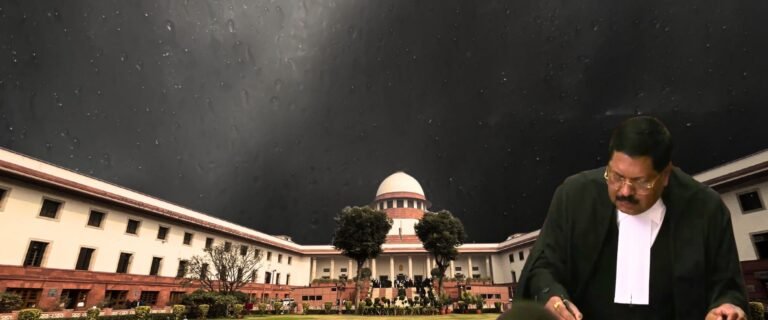
Rupee's Decline Could Potentially Hit 100 Rs to One Dollar Soon
This possibility of the Indian Rupee falling to 100 Rs per US Dollar has attracted much debate. Though this seems to be at the extreme level, knowing what makes it move like this could give an insight into the strength of India’s economy.
The article looks into the economic factors and global situation that may push the Rupee down and explores the steps that the Indian government might take to make the currency stabilize.
Economic Strengths of India
India’s economy has many strengths in itself, such as an ever-growing services sector, a young workforce, and a rapidly expanding digital economy.
India is also one of the world’s biggest software exporters, and IT services constitute a significant slice of GDP. Initiatives such as “Make in India” and infrastructure development clearly reflect the plans for the future.
This is notwithstanding the fact that weaknesses still exist. Some of the key problems are huge fiscal deficits, reliance on importing oil, and trade imbalances.
Crude oil has always been an import, and the foreign reserves drained off to this end are massive. The agricultural sector supports a large section of the people, and the productivity and efficiency in this sector are low.
Global Economic Scenario and Its Impact on the Rupee
The global economy does impact the currency exchange rate significantly. For the Rupee, geopolitical tensions, global inflation, and volatile oil prices would form the critical factors.
1. Strength of the Dollar
The US Dollar has strengthened appreciably in the last couple of years because it is the reserve currency of the world. This means there has been an appreciation against other emerging market currencies, and in this case, the Rupee.
2. Volatile Oil Prices
India imports over 80% of its crude oil. Increasing international oil prices push up India’s trade deficit as it needs more Dollars to clear the importation. The higher demand for Dollars continues to further weaken the Rupee.
3. Geopolitical Risks
War tensions between the world’s economic superpowers and wars in areas holding considerable oil reserves disrupt global supply chains, making it pricier for India and other importing countries.
Drivers of Currency Volatility
Macro-policies and events from abroad determine large volatility for a currency.
1. Inflation
Indian inflation compared to developed nations has been far greater than other developed countries; as such it siphons more out of the purchasing power of the Rupee and also lesser attractive for the foreign investors.
2. Interest Rate
Foreign capital flow depends on the US interest rate level and on the India-US interest rate differences. With high US Federal Reserve rates, the investors may move out from the Indian markets into the US, thereby devaluing the Rupee.
3. Trade Deficit
The country suffers from persistent trade deficits because the imports exceed the exports and hence the demand for foreign currencies increases. It is one of the structural causes that have pulled the Rupee down.
4. Foreign Investments
Foreign Direct Investment and Foreign Portfolio Investment are important variables that affect the Rupee. Outflows due to global volatility contribute to its depreciation.
Indian Rupee Scenario
The Rupee has been under stress for some time and stayed near record lows against the US Dollar. Despite efforts by the RBI to stabilize the currency by increasing its reserves, it continues to receive shocks from abroad.
1. RBI Actions
It is believed to step into the forex market that is creating undue volatility and drain out the excess Dollars from the reserve it accumulates.
However, this would not only consume much of the central bank reserves but is always a stop-gap solution
2. Global Background
Rupee decline mirrors trends globally among emerging nations. But blunders in monetary policies or interminable globalization tensions could hurt Rupee precariously nearing 100 threshold mark.
Actions on Policies supporting the Rupee:
Rupee can be further protected from falling and strengthen economic resilience through the following policies:
1. Improve Exports
Export promotion would reduce the trade deficit. Manufacturing incentives, diversified export markets, and competitiveness of Indian goods should be promoted.
2. FDI Inflow
The ease in creating a business-friendly environment may attract FDI. Simplification of regulations and policy stability will make India an ideal investment destination.
3. Energy Security
Imported oil dependency has to be reduced through renewable energy programs and indigenous exploration. Green energy investment may also help in reducing import bills.
4. Fiscal Discipline
Economic growth and investor confidence may be enhanced through rationalizing subsidies, increasing tax revenues, and reducing unnecessary expenditure in reducing fiscal deficits.
5. Exchange Rate Management
The RBI needs to keep on balancing short-term intervention and long-term measures like currency swaps and a stable economic climate.
Then that touching of 100 Rs to a Dollar, will be a stern requirement for stronger economic policies in the country.
No doubt, one should not forget strengths as globalization plays a big role here; nevertheless, one should not forget weaknesses in the home turf.
Therefore, by having a wholesome fiscal discipline coupled with trade promotion and energy reforms, the Rupee can stabilize the situation with full assurance that India will remain an excellent performer in the international stage.
The outlook seems gloomy but brings with it the optimism of the resilience of the Indians and room for improvement to usher in a brighter future.
Stay Connected and Share Your Stories
For all those inspired by stories of resilience and ambition, follow us on X/Twitter and on Instagram . For those with untold stories that you would love to share, please send them to contact@thephilox.com









thanks for info.